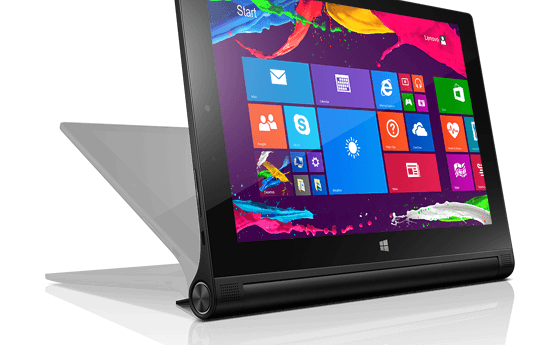
Our tablets are really useful tools in our daily life. They adapt to the needs of all the components of the family, and can be used both as a practical tool (in the kitchen to see recipes, for example) and as a leisure tool (to watch movies)..
But "the fun" ends when we realize that your space is running out, it is very frustrating to want to store new content and that a space limit warning appears constantly. With these simple tips it will never happen again.
Delete apps you don't use

The first solution to free up space is as direct and as simple as removing those applications that you do not know exactly why you installed , why, or why you continue to have them. They take up space and you know that deep down you don't need them. It is best to free up space for other more useful ones. We can manage the freed space with applications as useful as The Cleaner.
Clean app usage files
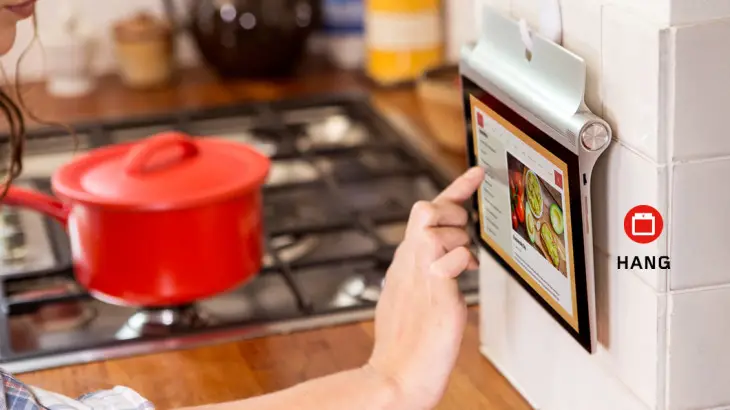
For the applications that we do have installed, an extra space is also occupied (in addition to the necessary to install them), this data is the cache. If we access the settings menu, applications and click on the specific applications, we can delete the cache data , freeing up a much-needed space for other processes. We can also use optimizing applications that help us, such as Clean Master or others like Smart Booster, which also help us clean other types of files..
Clean photos and videos regularly
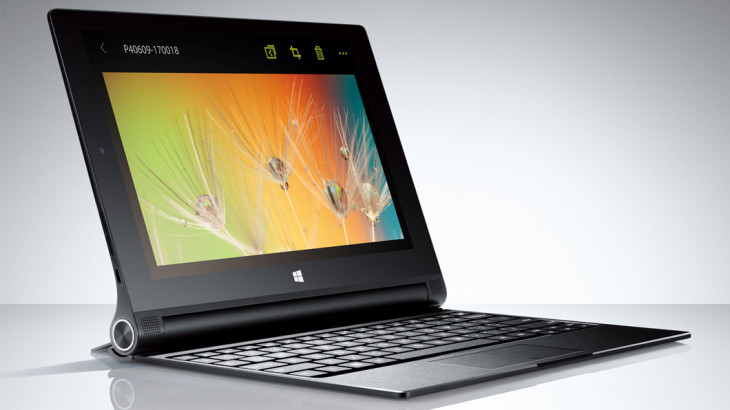
One of the acts that consume the most space in the memory of our tablet is, without a doubt, that of taking photos and recording videos regularly. It would be highly recommended to download these files to a computer, through its USB cable or by using wireless data transmission applications such as AirDroid, or copy them to another place from time to time. Doing this we will notice a great relief to be able to store other data.
Avoid downloading and storing too many files
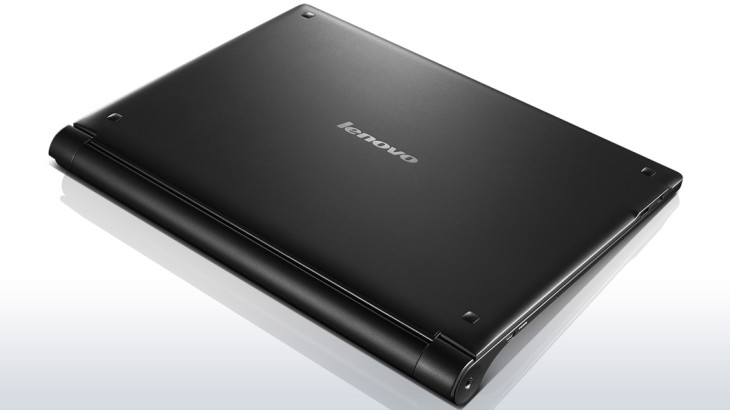
In certain cases, when browsing the web, we will have to download multiple files: photographs, PDF documents, accreditations ... All that information ends up in a folder called "downloads", and, of course, all that information takes up a good amount of space. Check what you have downloaded and what you really need to use, and delete the rest. With a file browser like ES File Explorer we can review them..
Delete music you don't hear

Another small space problem arises when we store records and more music records on our device and actually don't listen to them. All this is wasted space, so do not hesitate, stay with the records you really hear or even consider using some online music service like Spotify or Google Music.
Normally, music discs are housed in the "Music" or "Music" folder of the device, although they can also be found loose (scattered in memory) or in specific application folders. With ES File Explorer we can find them.
If you can, use microSD cards
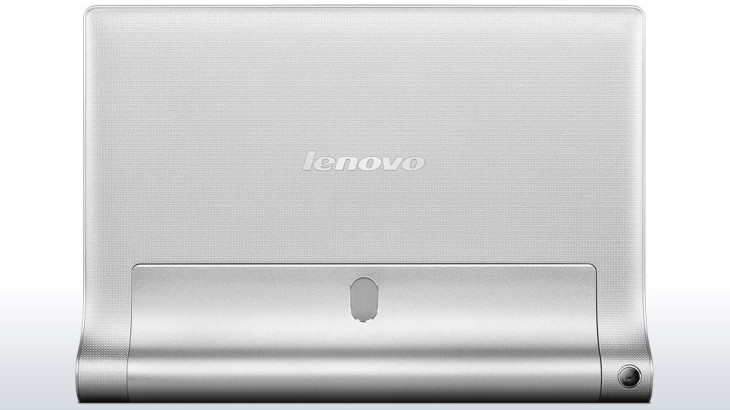
Another really effective solution is to use microSD cards . For a fairly adjusted price we can expand the capacity of our tablet, if it supports this type of card, even up to 128 GB beyond the initial capacity of the device.
Nor do we have to worry about space if we decide to store GB of music and the default folder of photos and videos on the card. Applications typically continue to be housed in main memory .
Use cloud storage services
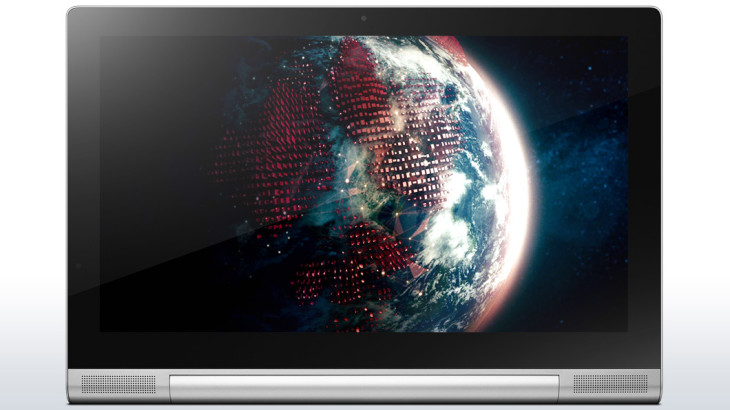
If clearly we are not able to free up space on our tablet, for a variety of reasons, or, if we want to have a copy of our files safely, another very interesting option is to use popular, existing cloud storage services for Android, like Dropbox, Google Drive, OneDrive, BOX, Hubic, etc. Thanks to them we will be able to store amounts that range between 25 and even 50 GB of files, and usually include automatic upload of photos and videos.